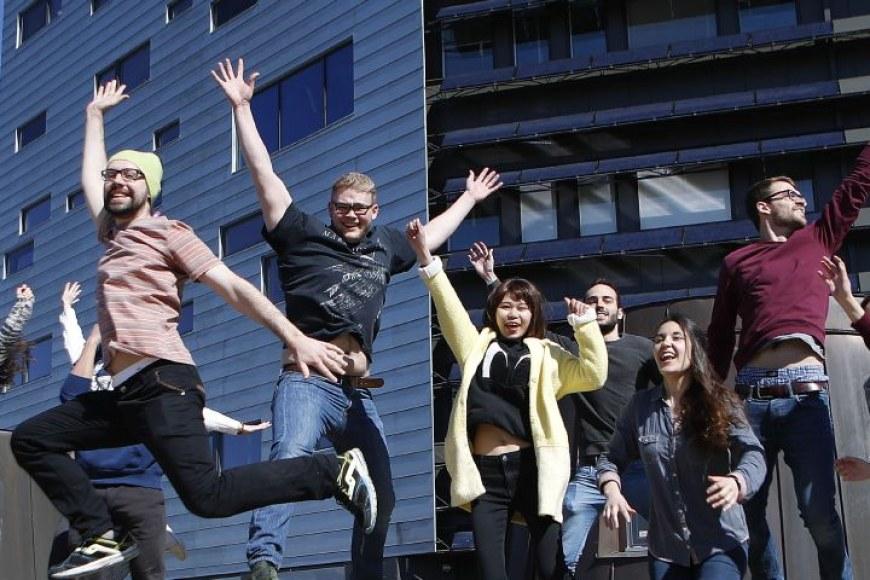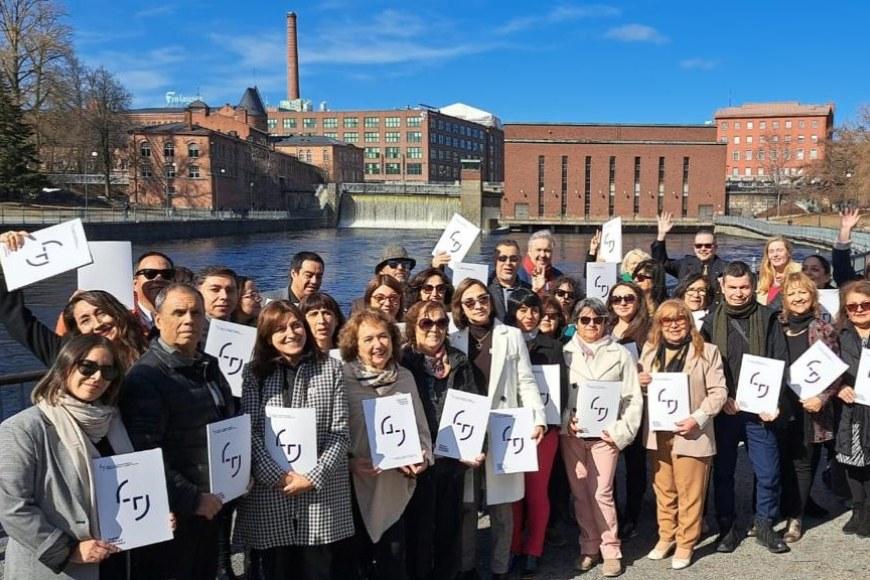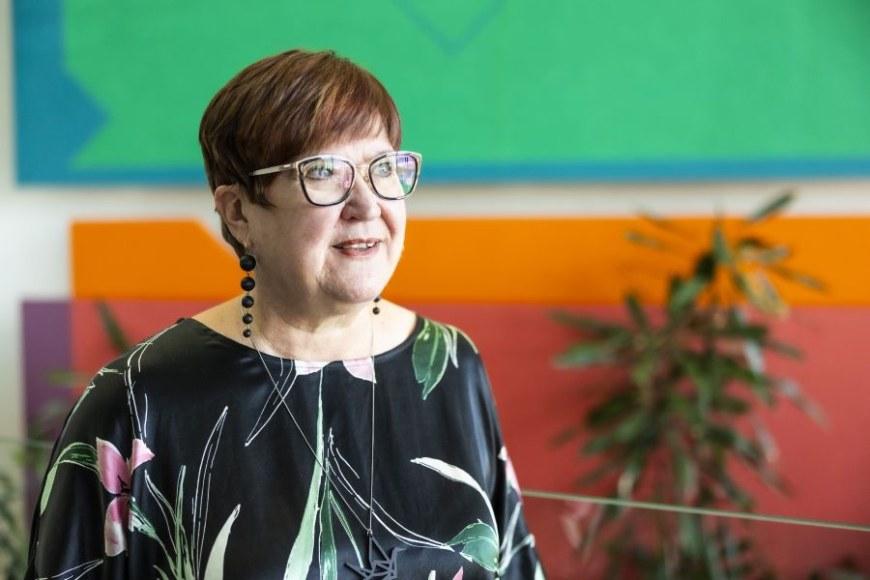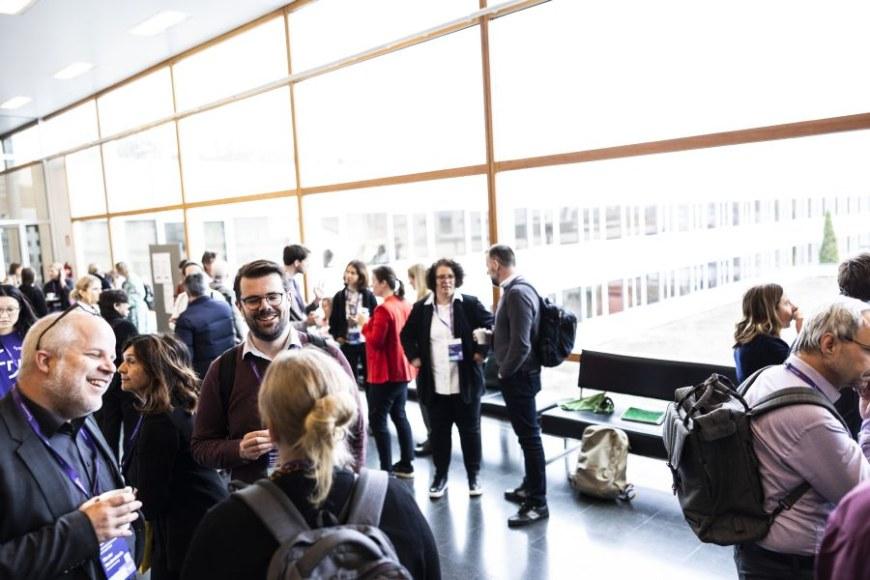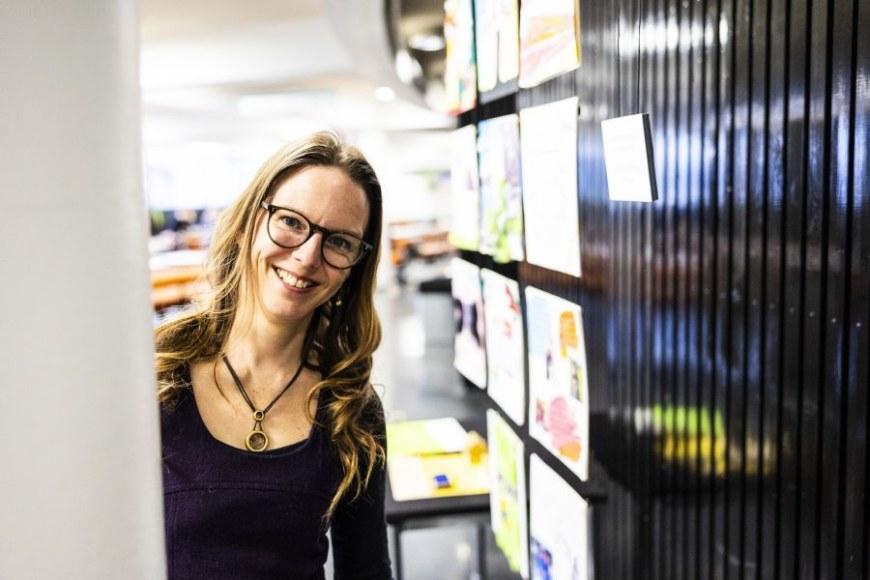Gamification can help students deal with complexity in the real world
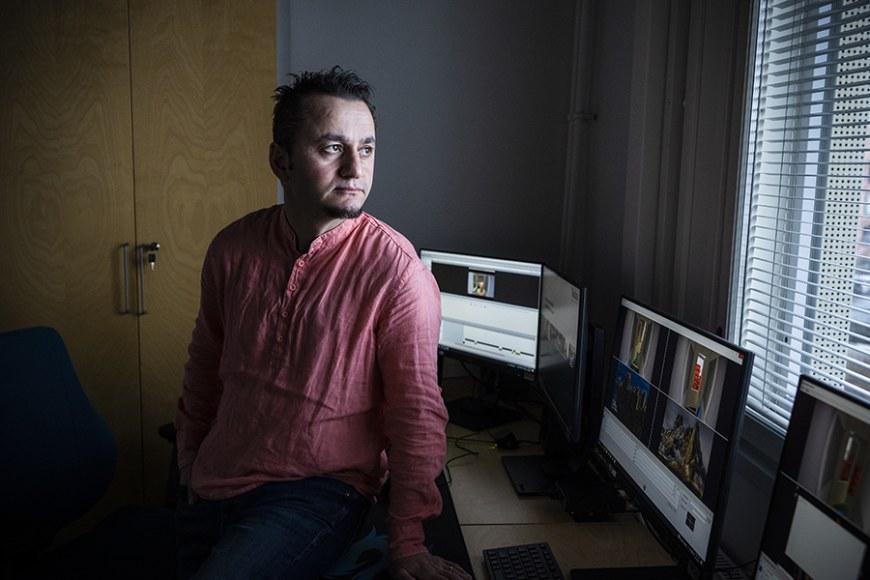
“I am a big fan of old architecture. I immediately fell in love with the old brick houses in Tampere city centre. For me, Tampere was a case of love at first sight”, says Muhterem Dindar, who originally hails from Turkey.
“In terms of academic ambitions, the Faculty of Education and Culture has great scholars to collaborate with. I am thankful to my new colleagues here for their warm welcome and support. Hopefully, our collaboration will manage to tackle some of the grand challenges in the current education landscape.”
Gamification has become a hot topic in education, with an array of games and digital environments being developed for different fields of study. Gamification holds promise to make learning more effective, efficient and enjoyable.
“The effectiveness goal deals with facilitating better knowledge transfer, skill acquisition or behavioural change in learning environments through the use of technology. The efficiency goal deals with the optimisation of the resources, costs and time required to develop and apply a specific technology in education. The third goal, enjoyment, focuses on facilitating joyful and pleasant learning experiences. I believe that a gamified pedagogy or technology can achieve all these three goals and offer practical and scalable learning solutions to society,” Dindar says.
Towards more personalised learning experiences
As Muhterem Dindar is interested in the study of collaborative learning and learning in complex situations, he has carried out studies to identify the multimodal indicators of learning processes in game-based and collaborative learning environments.
“Multimodal indicators refer to behavioural alterations, such as body movements, facial expressions,eye gaze, and physiological alterations, such as heart rate and electrodermal activity, in learners while they navigate a game or a collaborative environment,” Dindar explains.
Dindar has investigated, among other things, the effects of multitasking and static and animated charts on learning. He is especially interested in complexity.
“Modern life and business are organised around highly interdisciplinary systems that require individuals to be able to handle non-routine tasks, cope with multiple goals, deal with unambiguous relationships, and adapt to unexpected changes. The field of educational sciences is looking for means to develop the navigation and adaptability skills of learners in our increasingly volatile world. Game-based learning has enormous potential to realise this vision since it is possible to simulate the complexity of real life through digital games. Game-based learning research is currently focused on the real-time tracing of learners’ behaviours in game environments and making sense of real-time learner data. The ultimate objective is to utilise this data to provide adaptive learning experiences. By adaptive, we mean that the learning experience can be customised for each learner based on his/her previous and current cognitive and affective state,” Dindar says.
Gamification makes learning fun
The educational games used today are mostly designed to promote language learning or the development of mathematical skills. As opposed to the majority of commercial games, they also tend to be single-player games. According to Muhterem Dindar, the next step is to develop increasingly cooperative and versatile educational games.
”It is down to researchers and the gaming industry to develop solutions for integrating games into the classroom. With its thriving gaming industry and the required expertise, Finland may well be the best country in the world for this type of collaboration. There are people here who know how to design excellent games.”
While nowadays Muhterem Dindar can more often be found working with digital platforms than in a classroom, he started his career in Turkey by working as a teacher for seven years. Owing to his teaching experience, he has first-hand knowledge of what goes on in a classroom and how teaching can be customised.
”Although digital games and platforms open up a world of new possibilities for teaching, it is important to remember that you do not need computers or digital environments to bring more playfulness to the classroom. If we think back to our favourite teacher at school, it was usually the one who used simple tricks to make learning fun.”
“During my seven years of full-time teaching, I was always in search of new ways and methods to facilitate the learning of my students. My motivation to offer more opportunities and challenges to learners in a digitally enriched world was the main driver for me to apply for graduate studies,” Dindar says.
Muhterem Dindar spent some time working at the University of Oulu before finding his way to Tampere.
“After completing my PhD studies in Turkey, I was offered a two-year postdoctoral researcher position at the University of Oulu. My initial plan was to return to my country after gaining some postdoc experience in Finland. However, the political turmoil in my country hit me in Finland. I was blacklisted by the Turkish government in 2016, and my rights to teach or work in any educational institution was taken away. Thus, my fixed-term postdoc career in Oulu turned to a permanent self-exile in Finland. About a month ago, I became a Finnish citizen. I am very happy about it.”
Text: Sanna Kähkönen
Photo: Jonne Renvall
